From nomadic tribes to the Kazakh khanate - the Musée Guimet’s new exhibition explores 5,000 years of Kazakhstan's history in five key artefacts.
Tobyl's Thinker stares up into the sky, his deep-set eyes exaggerating his thoughtful gaze as he contemplates the world beyond. His asymmetric, out-of-proportion body is oriented differently, giving him a sense of introspective energy.
The stylised figure could be a modern take on Auguste Rodin’s famous pensive nude 'The Thinker' first conceived circa 1880 – 1881 and whose oversized version created in 1904 can be seen at the Rodin Museum in Paris.
But Tobyl's Thinker, also known as "The Man Scanning the Sky," was created from grey-brown sandstone in northern Kazakhstan's Qostanai region in the 3-2 BCE.
The highly polished sculpture is a beautiful example of the early artistic expression of Kazakhstan and gives a sense of inner life and spirituality. Despite being separated by millennia, the two sculptures are a timeless reflection on human existence.
Normally on display at the National Museum of Kazakhstan, Tobyl's Thinker, can now be seen at the Musée Guimet in Paris, in the exhibition, 'Kazakhstan: Empires of the Great Steppe'.
For Guimet’s director, art historian Yannick Lintz, Tobyl’s Thinker is the “talisman of the exhibition” she wishes could stay there forever.
'Kazakhstan, Treasures of the Great Steppe' takes us through 5,000 years of the country’s history in five parts. As Lintz says, Kazakhstan was a “crossroads of civilisation”— where East met West and nomadic traditions met empires like the Huns, Turks and Mongols.
This focus on historical crossroads and ancient global connections is certainly in vogue, at the moment with exhibitions at the British Museum and British Library exploring the Silk Road. This trend reflects a renewed appreciation for the cross-cultural exchange, trade networks, and historical connections that shaped Eurasia over the centuries.
Lintz hopes the exhibition will “go beyond the stereotypes” and show visitors Kazakhstan’s history through the objects that tell the story of its evolution from early steppe cultures to the dawn of modern Kazakhstan.
The Treasures of the Kazakh Steppes
The exhibition is divided into milestones, starting with Tobyl's Thinker, as Milestone 1, Botai culture and the domestication of the horse.
Botai culture was a society in northern Kazakhstan that emerged around 4 BCE and domesticated horses. This sculpture marks the transition from a hunter-gatherer to a horse-breeding and cattle-herding economy.
This was the foundation of steppe culture where the tribes’ knowledge of natural cycles, climate and environment was linked to their survival practices and spiritual life.
Milestone 2, the emergence of the first Scythian states shows a beautiful “Golden Man” headdress, the symbol of the Saka culture.
In the 1st millennium BCE, the Eurasian steppes of Kazakhstan saw the rise of large tribal groups known to the Greeks and Persians as Scythians, Saka and Sarmatians. These tribes with common cultural practices mastered goldsmithing and in particular the “animal style” of metalwork. The 1969 discovery of the “Golden Man” in Issyk, adorned with cosmologically symbolic gold attire, is an example of this.
Milestone 3 is the balbal, a Turkic funerary statue from medieval Kazakhstan at the height of Turkic power. This solemn, moustachioed figure holding a ceremonial cup represents the Turkic reverence for ancestral spirits and continuity.
The anthropomorphic balbal statues originated in the Altai Mountains - the cradle of Turkic culture and the site of the first Turkic khaganate in the 6th century. This was a time of the blending of nomadic and urbanised life, with cities like Otrar (Farab) becoming centres of trade, arts and science and home to the great philosopher Abu Nasr al-Farabi.
The balbal was a powerful symbol of Turkic heritage. These anthropomorphic funerary stelae with male or female forms were scattered across the steppes, the legacy and spiritual life of these nomadic people.
In Milestone 4, the development of Islam, the exhibition captures Kazakhstan as a cultural crossroads with the chandeliers of the Khoja Ahmet Yasawi mausoleum. Built under Tamerlane (Timur) from 1389 to 1405 the Mausoleum is dedicated to the 12th-century Sufi poet and mystic who had a great influence on Turkic Sufism in Central Asia and is one of Kazakhstan’s most famous sites.
The interior is decorated with six luxurious metal chandeliers, likely with gold and silver inlays, typical of Islamic art of the Timurid period. Lintz, an Islamic art expert, calls them the most beautiful chandeliers in Islamic art.
Milestone 5 focuses on the Kazakh Khanate and the Emergence of Modern Kazakhstan, with the beautiful chapan of Kazybek biy Keldibekuly (1667–1764). This ornate quilted coat with gold and silver embroidery demonstrates prosperity, which reflects the wealth and ceremonial life of the Kazakh elite in the 17th and 18th centuries.
As a judge and diplomat, Kazybek Biy was involved in the formation of Kazakh law and diplomacy, as reflected in the robe. The Kazakh Khanate established in the 15th century by the descendants of Genghis Khan laid the foundation for a unified Kazakh identity and a nomadic or semi-nomadic based legal system that lasted till the 19th century.
“Kazakhstan: Empires of the Great Steppe” coincides with the state visit of Kazakh President Kassym-Jomart Tokayev to France and the signing of the Memorandum of Understanding between the National Museum of the Republic of Kazakhstan and the Musée Guimet in Paris. This was first proposed during French President Emmanuel Macron’s visit to Astana in 2023.
Kazakhstan’s Culture Minister Aida Balayeva, who was in Paris to open the exhibition said “Its value is that through a few exhibits, it shows the main periods of our history. From the Saka period to the Kazakh Khanate".
"With the help of our French colleagues, we were able to create a very modern format. And we were able to establish cooperation”.
"Kazakhstan: Empires of the Great Steppe" runs until March 24 2025 at the Musée Guimet in Paris.

 4 months ago
38
4 months ago
38
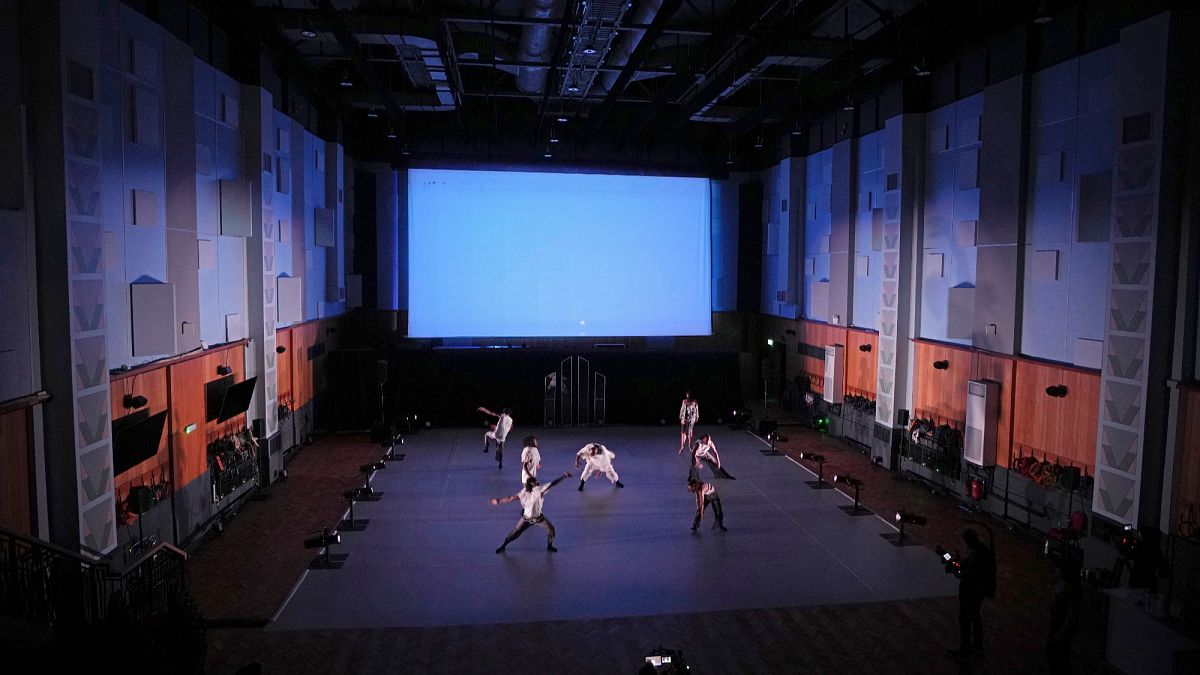
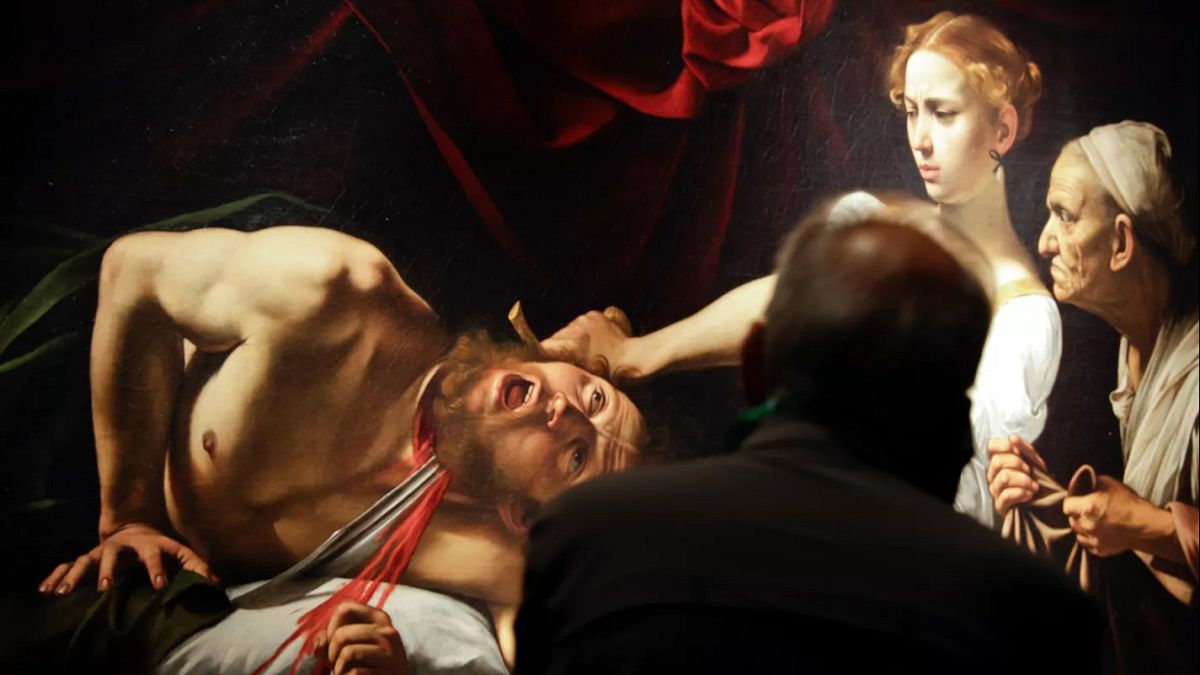
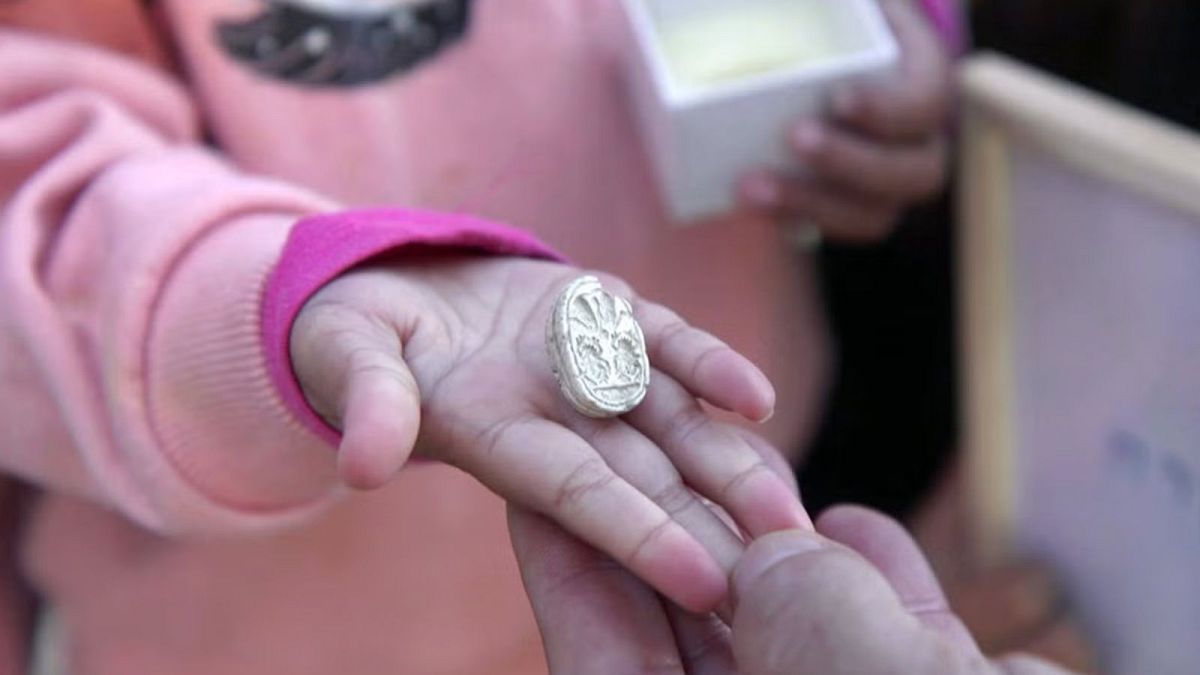
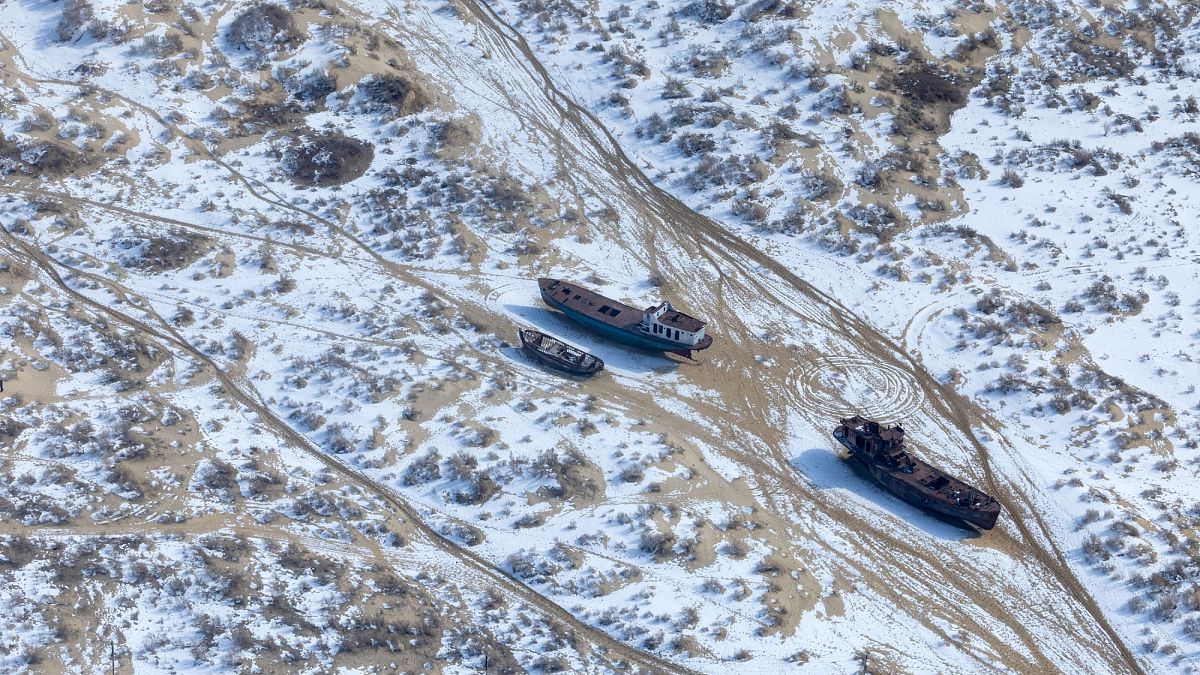

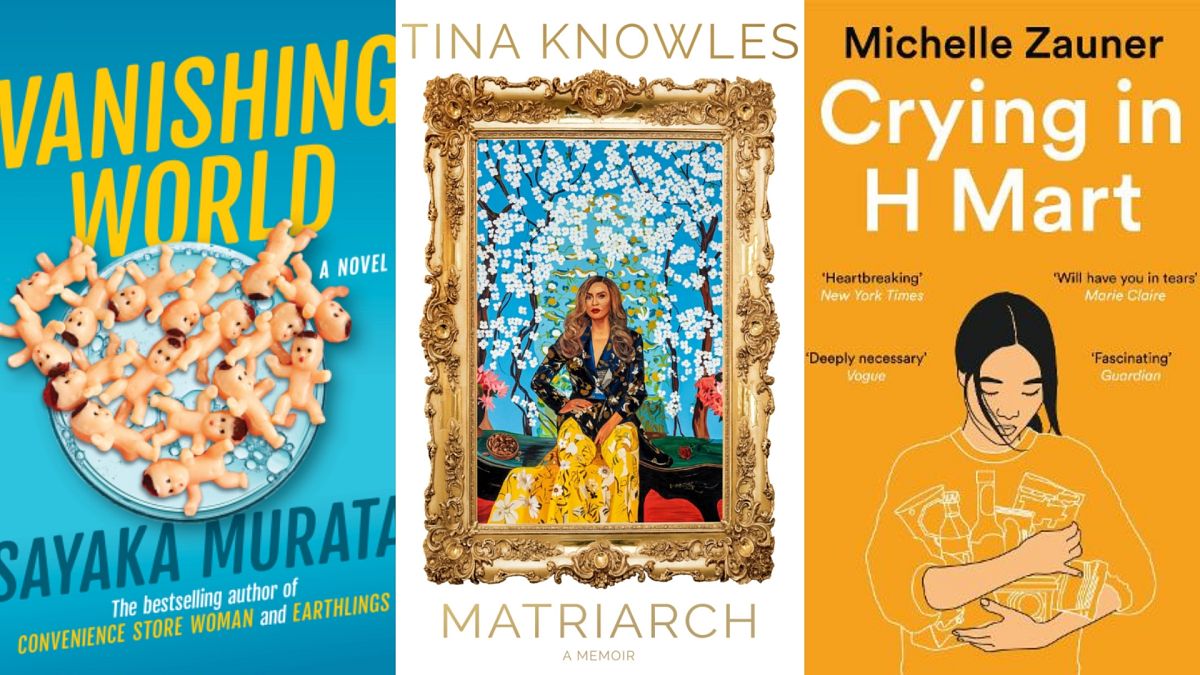
 We deliver critical software at unparalleled value and speed to help your business thrive
We deliver critical software at unparalleled value and speed to help your business thrive






 English (US) ·
English (US) ·